Refine search
Actions for selected content:
23990 results in Ancient history
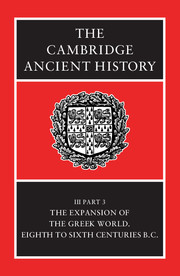
The Cambridge Ancient History
-
- Published online:
- 28 March 2008
- Print publication:
- 05 August 1982
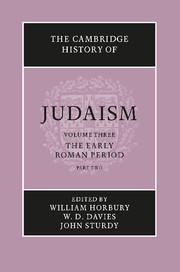
The Cambridge History of Judaism
-
- Published online:
- 28 March 2008
- Print publication:
- 09 December 1999
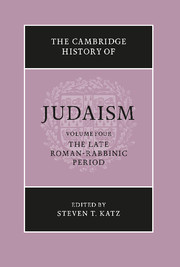
The Cambridge History of Judaism
-
- Published online:
- 28 March 2008
- Print publication:
- 22 June 2006
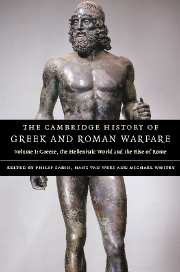
The Cambridge History of Greek and Roman Warfare
-
- Published online:
- 28 March 2008
- Print publication:
- 06 December 2007
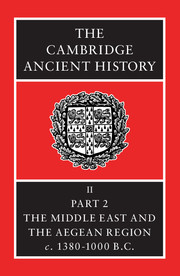
The Cambridge Ancient History
-
- Published online:
- 28 March 2008
- Print publication:
- 18 September 1975
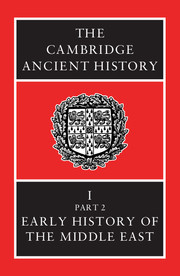
The Cambridge Ancient History
-
- Published online:
- 28 March 2008
- Print publication:
- 31 October 1971
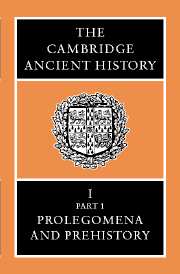
The Cambridge Ancient History
-
- Published online:
- 28 March 2008
- Print publication:
- 02 December 1970

The Cambridge Ancient History
-
- Published online:
- 28 March 2008
- Print publication:
- 29 March 2001
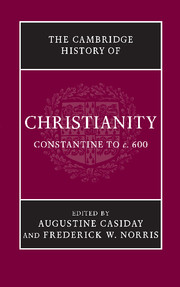
The Cambridge History of Christianity
-
- Published online:
- 28 March 2008
- Print publication:
- 30 August 2007
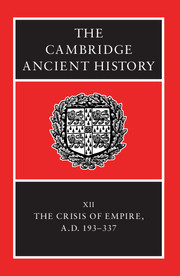
The Cambridge Ancient History
-
- Published online:
- 28 March 2008
- Print publication:
- 08 September 2005
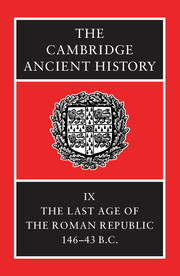
The Cambridge Ancient History
-
- Published online:
- 28 March 2008
- Print publication:
- 24 February 1994

The Cambridge Ancient History
-
- Published online:
- 28 March 2008
- Print publication:
- 08 February 1996

The Cambridge Ancient History
-
- Published online:
- 28 March 2008
- Print publication:
- 26 March 1992
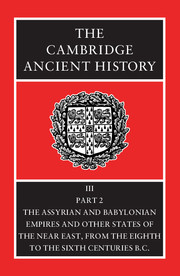
The Cambridge Ancient History
-
- Published online:
- 28 March 2008
- Print publication:
- 16 January 1992
Chapter 8 - Panis, disciplina, et opus servo: the Jesuit ideology in Portuguese America and Greco-Roman ideas of slavery
- from Part III - IDEOLOGIES AND PRACTICES OF MANAGEMENT IN ANCIENT AND MODERN SLAVERY
-
-
- Book:
- Slave Systems
- Published online:
- 22 September 2009
- Print publication:
- 13 March 2008, pp 214-230
-
- Chapter
- Export citation
Part I - SLAVERY, SLAVE SYSTEMS, WORLD HISTORY, AND COMPARATIVE HISTORY
-
- Book:
- Slave Systems
- Published online:
- 22 September 2009
- Print publication:
- 13 March 2008, pp 1-2
-
- Chapter
- Export citation
Part III - IDEOLOGIES AND PRACTICES OF MANAGEMENT IN ANCIENT AND MODERN SLAVERY
-
- Book:
- Slave Systems
- Published online:
- 22 September 2009
- Print publication:
- 13 March 2008, pp 185-186
-
- Chapter
- Export citation
Chapter 7 - Ideal models of slave management in the Roman world and in the ante-bellum American South
- from Part III - IDEOLOGIES AND PRACTICES OF MANAGEMENT IN ANCIENT AND MODERN SLAVERY
-
-
- Book:
- Slave Systems
- Published online:
- 22 September 2009
- Print publication:
- 13 March 2008, pp 187-213
-
- Chapter
- Export citation
Index
-
- Book:
- Slave Systems
- Published online:
- 22 September 2009
- Print publication:
- 13 March 2008, pp 360-375
-
- Chapter
- Export citation
Chapter 2 - Slavery, gender, and work in the pre-modern world and early Greece: a cross-cultural analysis
- from Part I - SLAVERY, SLAVE SYSTEMS, WORLD HISTORY, AND COMPARATIVE HISTORY
-
-
- Book:
- Slave Systems
- Published online:
- 22 September 2009
- Print publication:
- 13 March 2008, pp 32-69
-
- Chapter
- Export citation
